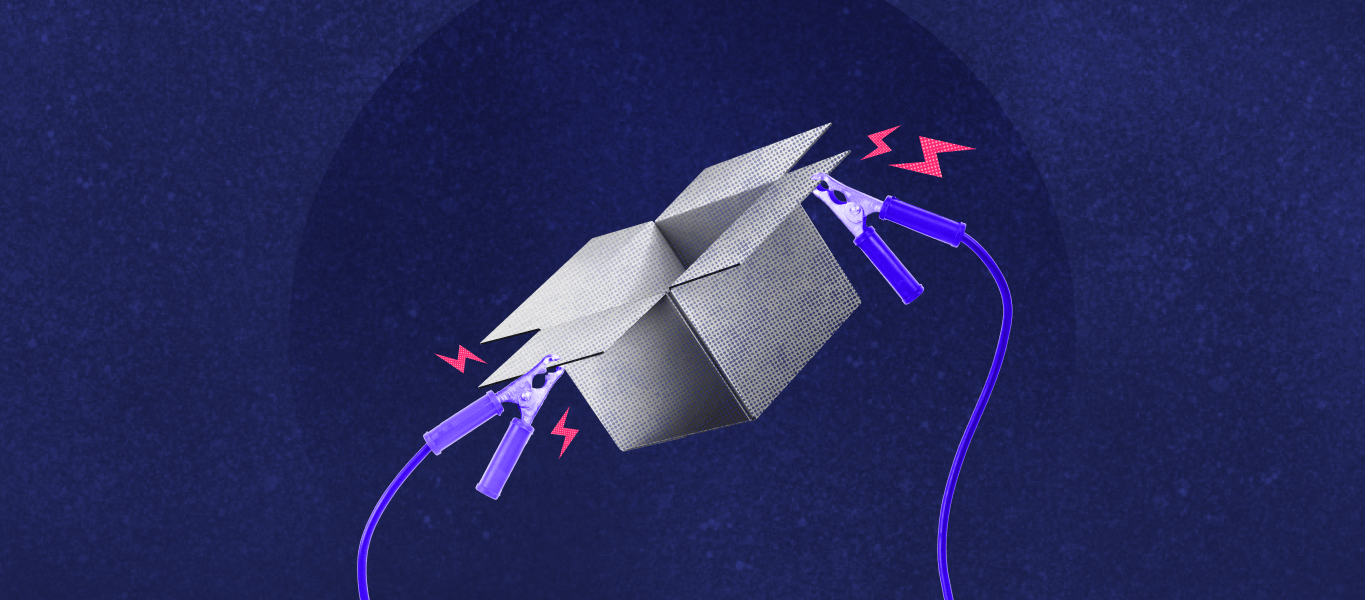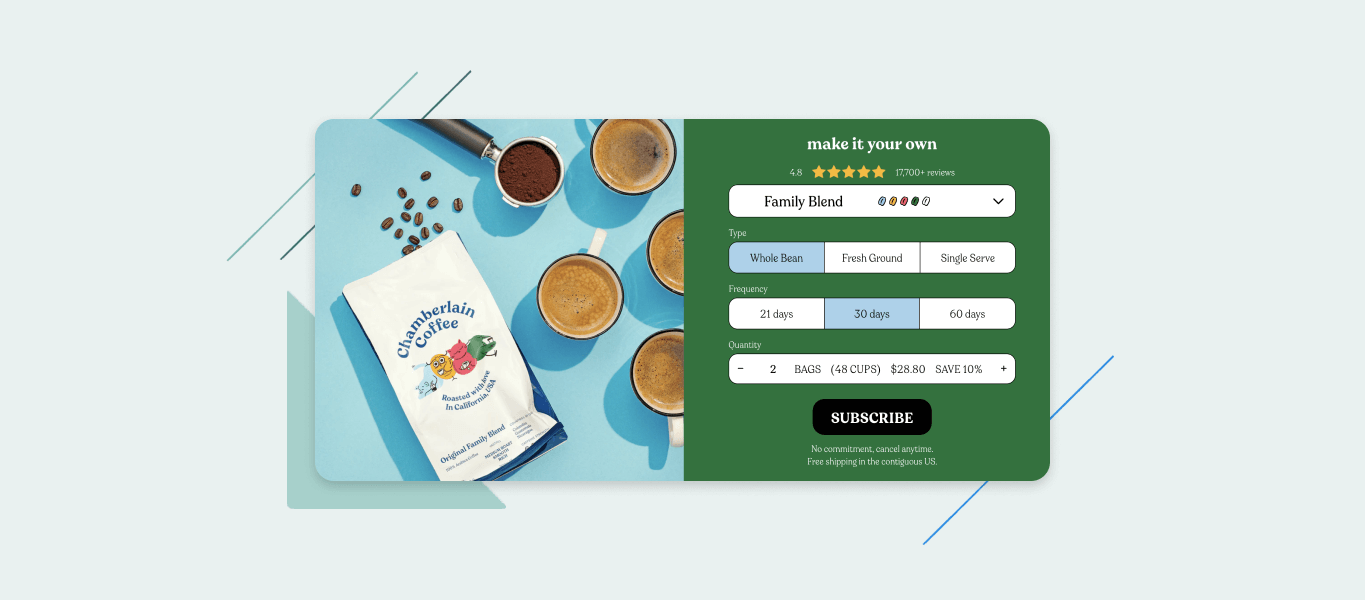This is a guest post from our friends at P3 Media, an ecommerce-focused digital agency.
Let’s not sugarcoat it: The cost of acquiring new customers in ecommerce is going up. Customer acquisition costs (CAC) rose 60% between 2015 and 2019, and between 2020 and 2021, the cost of advertising on Facebook jumped 59%. Meanwhile, Apple and Google are phasing out the third-party cookies that marketers rely on for accurate ad targeting.
In other words, advertising costs are higher than ever, but ad efficacy is lower than ever. Most online brands need to shift a portion of their focus from attracting new customers to retaining the customers they already have. That requires investing in loyalty programs, customer service, and especially, subscriptions.
Why subscriptions?
Subscription services are your most predictable source of returning customers, and returning customers are your most valuable customers. In ecommerce, between 20–50% of your transactions come from returning customers, and for most merchants, those transactions account for the lion’s share of the revenue. In fact, the Pareto Principle observes that the most loyal 20% of a brand’s customers will generate around 80% of its revenue.
And that’s not all. Returning customers cost nothing to acquire and take shorter journeys to conversion, meaning the margin on their purchases is higher. These are just a few of the many reasons that retaining your subscriber base—or implementing a subscription business model in the first place—is fundamental to your business health.
But, if you’ve ever clicked ‘Subscribe’ online, you know that subscription fatigue is real. Unused products pile up. You keep getting billed. Sometimes, you’ve signed up for so many subscriptions you can’t keep track of them. And suddenly, those monthly deliveries start to feel like a nuisance, rather than a convenience. If you’re thinking, “There must be a better way,” you’re right. Here are three powerful methods you can use to combat subscription fatigue and grow a healthier, happier, and more engaged subscriber base.
1. Create tiered subscription rewards to court your best customers
‘Subscribe-and-save’ is the most powerful enticement you can add to your checkout experience. But you can amplify the power of this promise. Remember the Pareto Principle from earlier? It applies to your subscribers, too. The top 20% of your subscribers will account for around 80% of your subscriber revenue. And those customers deserve to be celebrated with extra freebies, points, and exclusive promotions.
If you have a flat subscription model with few options, you can identify your best customers by building a subscriber lifetime chart and segmenting customers that fall into the top 20%. If you offer tiered subscriptions, you can use subscriber lifetime value (LTV).
Creating a structure to reward your most actively engaged customers for their tremendous loyalty will further deepen their engagement, and give those just on the other side of the VIP rope a powerful enticement to keep spending with you.
The key to this strategy is to offer rewards that have real value in your customers’ eyes. Don’t try to offload surplus products or a gift with purchase (GWP) with no inherent value. That kind of first-order customer satisfaction problem-solving might look good on your balance sheet, but it erodes shopper satisfaction.
Instead, give your best customers something from the top shelf. Or, give them something unique, like an experience or an exclusive deal with one of your partners. You can even gift free subscription months, first dibs on new drops, or special access to a product testing beta. Take Bumpin Blends, for example. Their customers can earn amazing rewards like first access to new flavors and points that can be used on smoothie cubes, or even a free Vitamix blender.
The possibilities are endless, but whatever you choose should be tailored to feel relevant, timely, valuable, and unique to your specific customer.
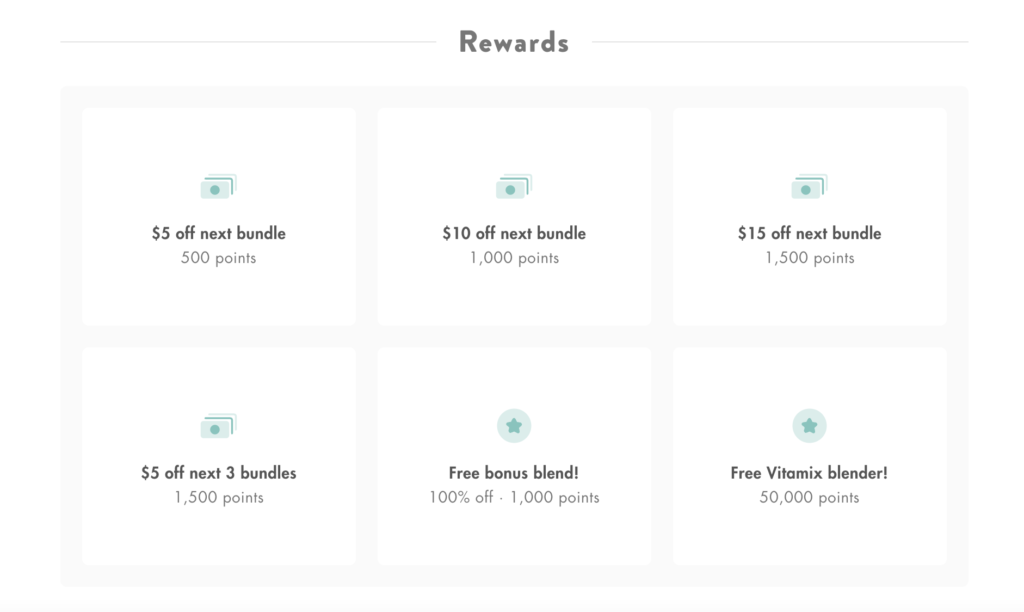
A snapshot of what shoppers can buy when they earn points with Bumpin Rewards.
2. Incentivize subscribers to stay when they’re most likely to leave
How many months on average do customers stay in your subscription program before churning? What’s the main reason they’re leaving? If you know these two vital pieces of information, you can reduce your churn substantially.
What’s the best way to do this? Offer meaningful loyalty rewards pegged to your average subscriber lifetime. If subscribers churn after nine months on average, then send them an amazing, exclusive reward around month eight for their loyalty.
One merchant that is excelling at offering incentives is LOLA, makers of period and sexual wellness products. By creating a membership program and giving their subscribers exclusive access to new products, free shipping, and regular discounts, their customer retention rate remains high. Additionally, offering flexibility and easy changes to orders means customers stick around much longer.
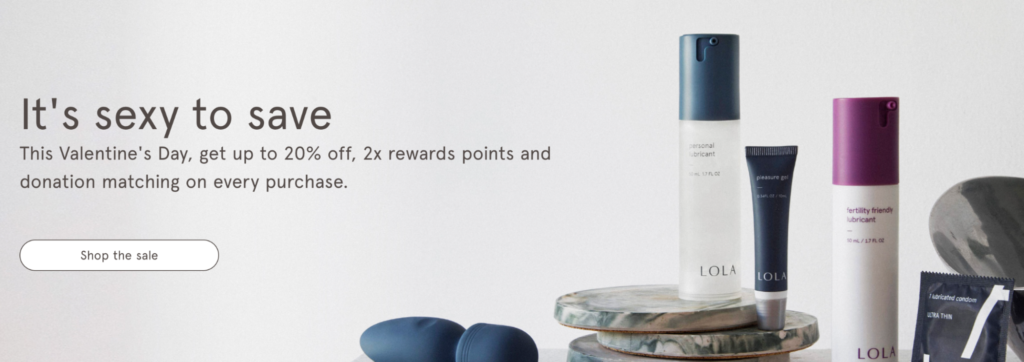
LOLA offers incentives to keep their customers excited and ensure they stay loyal to their brand.
If you know the top reasons your subscribers churn, you can tailor your rewards accordingly. We’ll cover how to collect this information later, but for now, let’s walk through an example.
Say your average subscriber lifetime is nine months, and your customers are churning because they have too many unused products (one of the most commonly cited reasons). In this case, sending them more of the same items for free isn’t the right value add to boost retention. Instead, try sending a free cross-sell item, an inspirational resource like a styling guide or a tip sheet, or even a satisfaction survey that lets you gauge the likelihood of churn and provide personal assistance where needed.
To that end, it’s also wise to educate your subscribers proactively on the flexibility of their subscriptions. In cases like the example above, P3 typically recommends sending an automated email around month six that shows subscribers how to skip deliveries when they need to or modify their subscription options. You can also send reminders to skip deliveries around peak vacation times, or according to your cyclical sales cycle. Customers appreciate these thoughtful touchpoints, and your guidance helps them become habituated to using your service to suit their needs.
3. Offer subscription periods that match your customers’ needs
You’ve likely heard that you need to make your subscription offerings flexible enough to fit the majority of customer use cases. Most businesses rightly take this as a cue to diversify the selection of curated products and bundles to which users can subscribe. But an often overlooked aspect of subscription flexibility is periodicity.
While the subscription model can be a revenue game changer, monthly subscriptions aren’t for every customer or every product. Services like Recharge address this reality with flexible out-of-the-box options like the ability to skip a month or take delivery every few months.
These are powerful features and may provide enough convenience on their own to satisfy the majority of your subscribers. But if you’re in an industry that has a seasonal or cyclical purchase pattern, you’re likely to experience higher-than-average churn rates simply because your products aren’t always in demand.
If you sell wine, cheese, or another festive product, you can account for this by creating an occasional subscription package—for example, one that sends a curated crate of seasonal goodies around major holidays. If you sell a year-round product, you can create a gifting subscription that sends personalized care packages to subscribers’ loved ones on birthdays, anniversaries, or other special occasions. This kind of service is already popular in the B2B world, and there’s no reason you shouldn’t be earning second, third, and fourth purchases from your customers with a similar model.
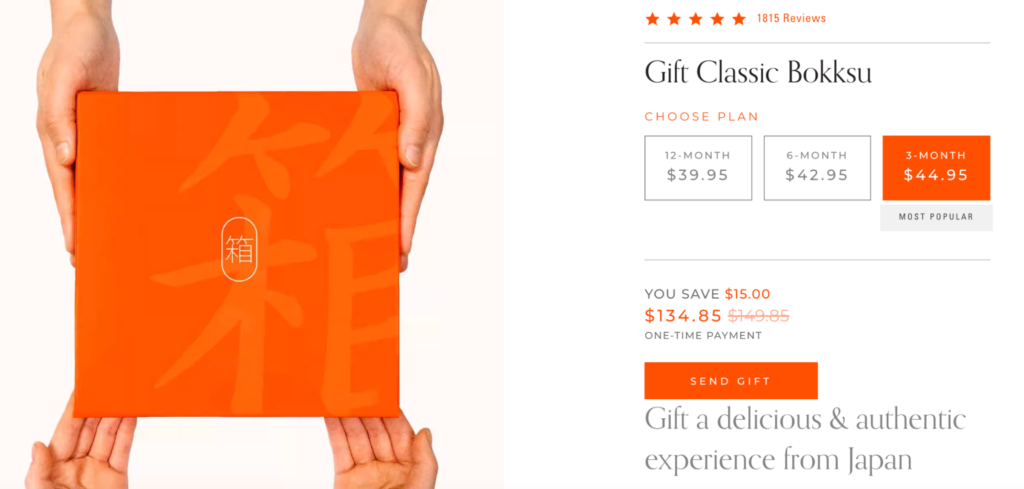
Bokksu does a great job of offering both regular subscriptions and special gift offers. Loyal customers can order boxes for loved ones to try the service, then continue their subscription if they’d like.
The only caveat is that most subscription providers don’t offer these options standard. In many cases, you can work around this by rolling an occasional subscription into an annual plan. Customers pay upfront and take delivery on the designated dates. If you’re interested in building a bespoke subscription program with more custom features, however, we recommend asking your provider what they can do for you, or working with a reputable agency partner that can develop your custom program from scratch.
Bonus: Make it easy to leave, but ask subscribers why they’re leaving
If you’re just focused on subscription numbers, this sounds counterintuitive. Why make it easy for your hard-won customers to simply walk away? There are two good reasons.
First, if you’re running a well-organized subscription program, you’ll eventually try to re-engage your churned subscribers with a targeted win-back campaign. Second, customers who have a bad customer experience as they exit will never come back, while 93% of customers who have a good customer service experience will shop with a brand again.
Have you ever tried to leave your internet service provider, and found that it’s almost impossible? If ISPs weren’t legally protected cartels allowed to monopolize certain regions, you’d walk away for good, right?
Now about that win-back campaign down the road. It’ll have the best chance of success if you understand why your customers are leaving in the first place, and use that information to fuel your re-engagement efforts. The easiest way to collect this information at a statistically significant response rate is to add a one-question exit survey to your unsubscribe process. We’ve listed some of the most common reasons people tend to hit ‘unsubscribe’ below:
- Subscription doesn’t provide enough value
- Too difficult to modify subscription options
- The customer has too many unused products
- Subscription is too expensive
- The customer has too many subscriptions
- Competitor offers better service
- Bad customer experience
Let’s illustrate the incredible value of collecting this first-party data with a real-world example. Biohm, a subscription service that helps people with their gut health, asks shoppers for their cancellation reasons. People are able to select their reason for cancellation, and then Biohm offers a solution-based response—discounts if the customer finds the products too expensive, different delivery dates if they have too much product, or an alternative product option if the one they used didn’t work. Offering these solutions can help them gather data on why people are leaving, and offer a last-ditch effort to stop customers from churning.
Cutting down on subscription fatigue
All of these customer retention efforts can greatly combat any subscription fatigue your shoppers might be experiencing. Timing is critical when setting subscription periods, offering replenishments, and giving customers incentives when there’s a high risk of churn. Plus, exit interviews can help you get a better idea as a business of what changes you can make to increase customer retention.
